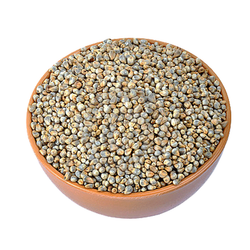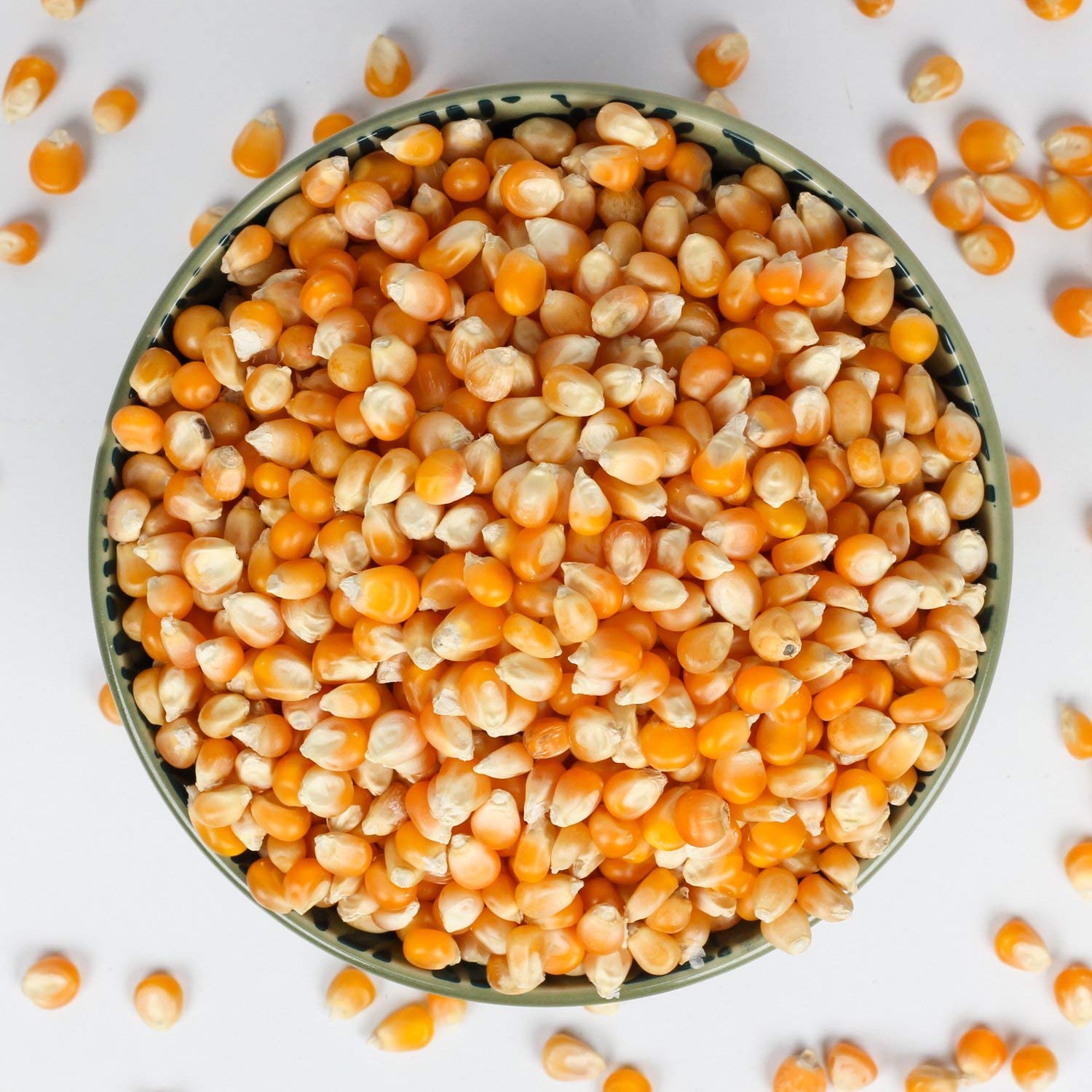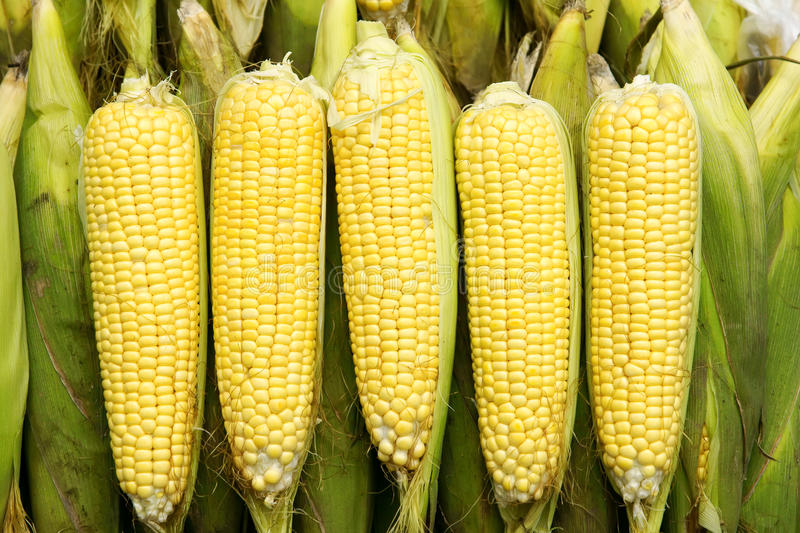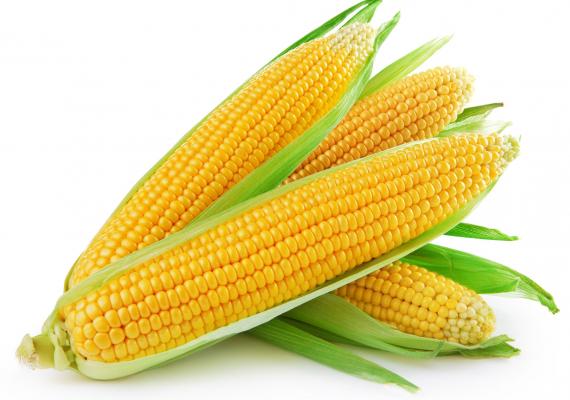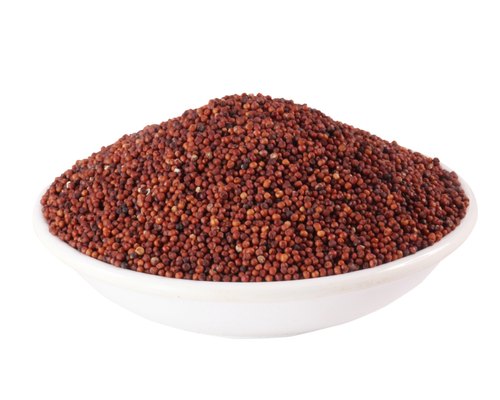Oleic Acid
Macronutrient
Last update date: October 11, 2023
Oleic acid is a monounsaturated omega-9 fatty acid. Olive oil, avacado oil, and macadamia nuts are a few sources of Oleic acid.
Frequently Asked Questions
1.
What is Oleic Acid?
Oleic acid, classified as an omega-9 fatty acid, is naturally synthesized by your body and can also be obtained from various food sources. Among these sources, olive oil and other edible oils contain the highest concentrations of oleic acid.
2.
What is positive impact of Oleic Acid?
Oleic acid plays a vital role in promoting heart health. Replacing dietary fats high in saturated fat with cooking oils containing approximately 20 grams (equivalent to 1.5 tablespoons) of oleic acid may help reduce the risk of heart disease, though research on this is limited. Additionally, it has the potential to lower cholesterol levels, and oils rich in oleic acid, such as olive oil, some sunflower oils, and canola oil, are known to be beneficial for this purpose.
3.
What is negative impact of Oleic Acid?
In terms of dietary intake, oleic acid is generally considered safe. However, the safety of using oleic acid as a medicinal supplement remains uncertain due to a lack of sufficient reliable information.
4.
Who should avoid Oleic Acid?
Oleic acid is typically safe when used in normal food quantities. However, there is a lack of substantial data regarding its safety when used as a medicine, especially during pregnancy and breastfeeding. It is advisable for pregnant or breastfeeding individuals to err on the side of caution and limit their intake of oleic acid to food amounts.




